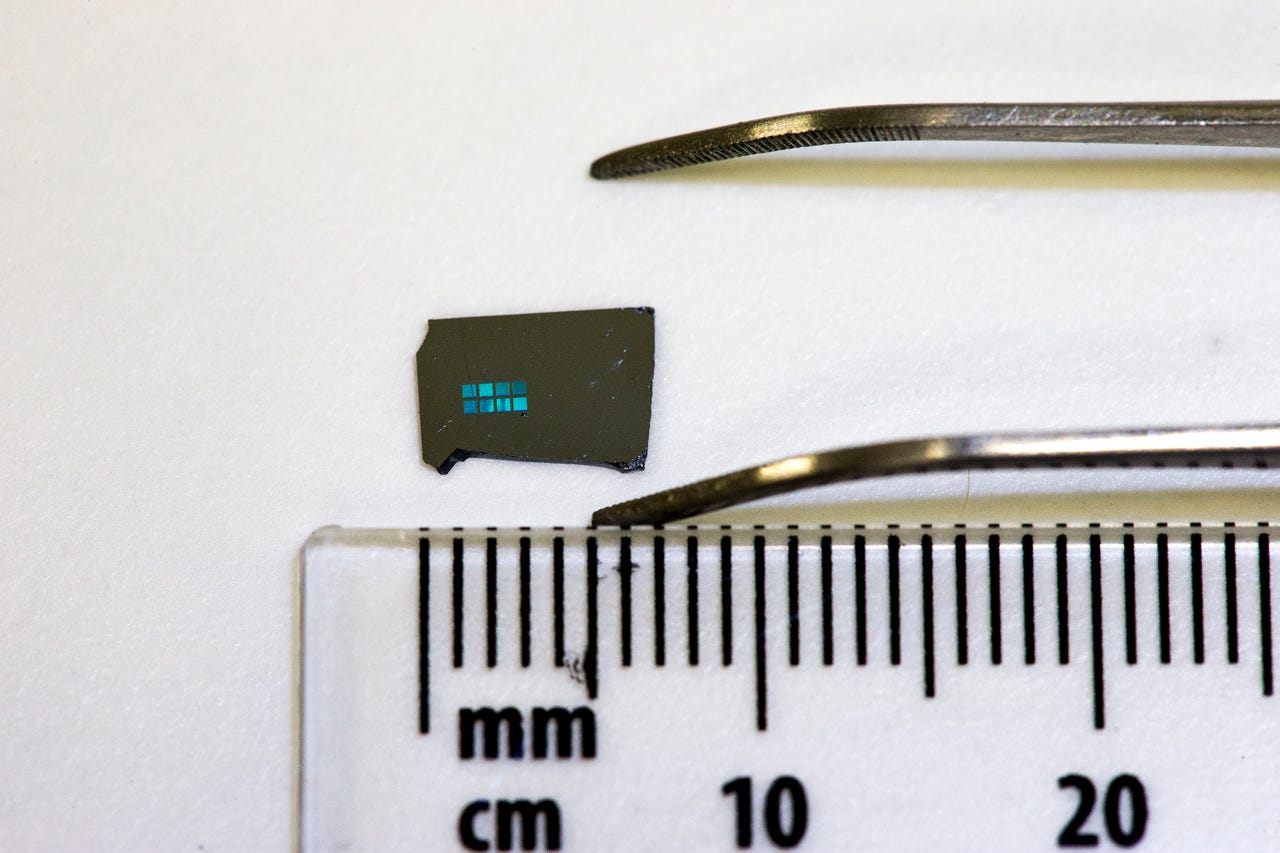ANU researchers build 'brain-on-a-chip' for future brain prosthetics


Australian National University's "brain-on-a-chip"
Researchers at the Australian National University (ANU) have developed a material that allows brain cells to grow and form predictable circuits, which opens up the possibility of neuro-prosthetics -- artificial parts for the brain.
According to ANU, the team of researchers grew the brain cells on a semiconductor wafer patterned with nanowires, which act as a scaffold to guide the growth of brain cells. The development provides a platform to study how the cells connect with each other.
"The project will provide new insights into the development of neuro-prosthetics which can help the brain recover after damage due to an accident, stroke, or degenerative neurological diseases," said Dr Vini Gautam, lead researcher at ANU's Research School of Engineering.
The university said the study is the first to show that the neuronal circuits grown on the nanowire scaffolds were functional and highly interconnected. Project group leader Dr Vincent Daria from the John Curtin School of Medical Research hopes to use the "brain-on-a-chip" to understand how neurons in the brain form computing circuits that process information.
"Unlike other prosthetics like an artificial limb, neurons need to connect synaptically, which form the basis of information processing in the brain during sensory input, cognition, learning, and memory," Daria explained. "Using a particular nanowire geometry, we have shown that the neurons are highly interconnected and predictably form functional circuits."
Daria said the researchers were able to make predictive connections between the neurons and demonstrated them to be functional with neurons firing synchronously, and expects the work performed at ANU to open up a new research model that focuses on a stronger connection between materials nanotechnology and neuroscience.
The university's development team was comprised of physics, engineering, and neuroscience researchers, with the nanowires fabricated by a group led by professor Chennupati Jagadish at ANU's Research School of Physics and Engineering (RSPE).
RSPE revealed in February it was able to use a magnetic field to stimulate nematic liquid crystals and control the angular steering of light beams carrying data. With the discovery, it is expected the future of communications could lie in magnets and liquid crystals with properties modified by light. The new data processing method also promised to be "smaller, cheaper, and more agile than fibre optics".
"Our discovery could lead to communications technology that could power a new generation of efficient devices such as compact and fast optical switches, routers, and modulators," research group lead, professor Wieslaw Krolikowski, said at the time.
In another breakthrough, RSPE invented a tiny device using infrared that creates the highest-quality holographic images ever achieved, opening the door to imaging technologies such as those seen in science fiction movies.